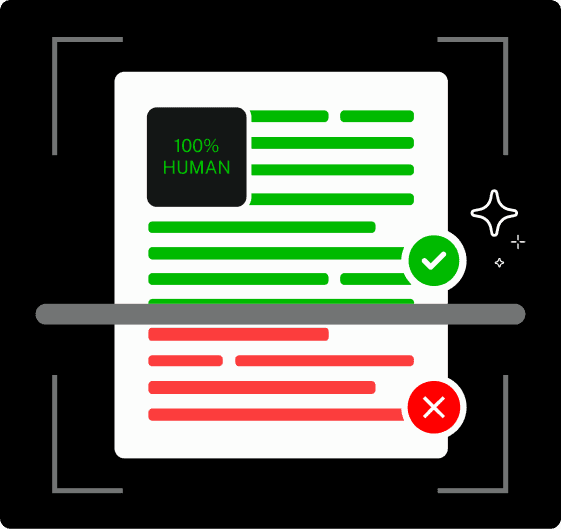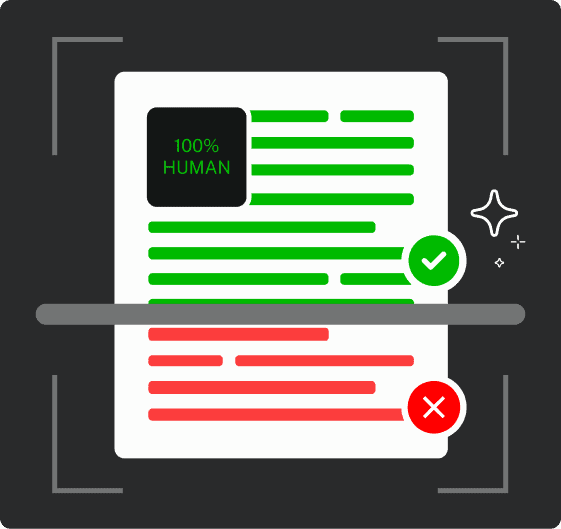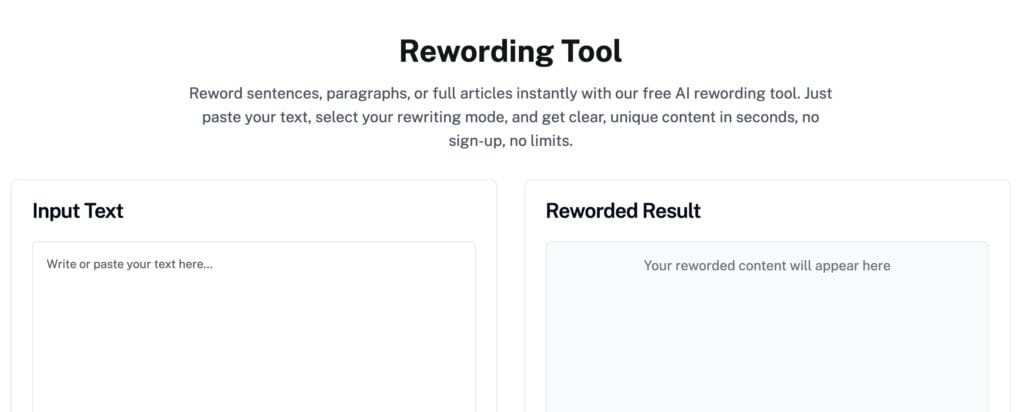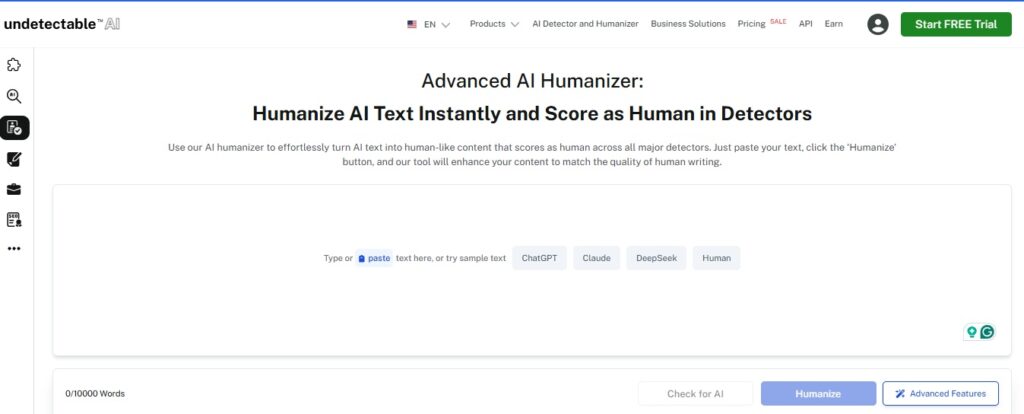Something most writers struggle with is editing.
This is because it is not a very interesting thing to do. No one wants to spend so much time writing something they love only to rip it apart.
But, whatever your opinion about editing is, deep down, you know it is important.
Self editing is how you make something good better. It is how you polish your work to make it readable. It is how you work on the flow and engagement of your writing.
So, it is vital that you know how to edit properly.
You don’t even need to be a grammar guru or have an English degree to edit well. You just need practice.
Key Takeaways
- Self editing helps you find and correct grammatical errors
- Having a self editing checklist will help you
- The process of self-editing is more effective when you do it regularly.
What is Self Editing?
Self editing is exactly what the name sounds like; it is the process where you become your own editor. You might think it is just doing a quick spell check, and you are done.
Self-editing is not just correcting mistakes, but correcting them carefully. It involves checking and rewriting for clarity.
You’ll need to look at structure, tone, word choice, and flow.


Never Worry About AI Detecting Your Texts Again. Undetectable AI Can Help You:
- Make your AI assisted writing appear human-like.
- Bypass all major AI detection tools with just one click.
- Use AI safely and confidently in school and work.
Editing is different for everyone, depending on what kind of writing you are editing.
Self editing for fiction writers means refining the characters, plot, and pacing.
For non-fiction writers, it means making sure your work is engaging and your message is conveyed clearly.
The act of making your own edit happens in different ways. Sometimes you are focused on making sure you have a convincing argument or a smooth flow.
Other times, you are questioning the tiny details, asking if you used the right punctuation.
Self editing makes you a better writer. This is because every time you fix a weak sentence or restructure a paragraph, you are training your brain.
You are learning in the process not to repeat that same mistake in your next writing.
Like people work out to keep fit, editing is your own way of keeping your brain fit and building your writing muscles.
To summarize what self-editing is all about, some editors refer to the four C’s:
- Consistency: Ensuring your style, structure, and flow are consistent
- Clarity: Ensuring your message is clear and understandable
- Coherency: Making sure your words are simple and easy to follow
- Correctness: Making sure your work contains accurate information and correct grammar
The Self-Editing Process

You don’t edit just for the sake of it. It requires a process where you seriously look at your work and make the required changes.
Here is what a self-editing process looks like.
Step 1: Take a Break From the Draft
When you are done writing, step aside from your draft and do something else.
This is because it is hard to find mistakes when you have been staring at something for too long. Your brain sort of starts to play tricks on you.
Somehow, you start to read what you meant to write instead of what you actually wrote.
The obvious problems escape your brain because you have become used to seeing the text too much. So, stay away from the draft for a while.
But how long should you wait? Well, it depends on your timeline or the length of your work. For a short article, you could wait a few hours or even overnight, whatever works for you.
For a longer article, a week works fine.
However, if you are writing a whole book, it may take longer. Some writers have said that they sometimes put away their books for months before trying to edit.
Well, if you consider deadlines, you might not have the luxury of time to wait a whole month. So a quick coffee break or a nap would do.
Step 2: Check for Structure and Flow
After taking a break, you can now see your draft with fresh eyes. However, don’t focus on the typos and sentences yet. You need to figure out some other things before correcting typos.
Ask yourself:
- Does this writing have a clear beginning, middle, and end?
- Are my ideas flowing from one to another?
- Do I have a point?
- Would my reader understand my thought process?
To answer these questions well, you have to look through your writing to determine if it has an intro, body, and conclusion, and how well they flow into one another.
In case you think something is out of place, move it around. If you feel your conclusion will read well as your introduction, don’t be afraid to change it.
Step 3: Refine Sentences and Word Choice
Once you can identify the structure of your writing, it is time to polish your sentences.
Here are some things you can do to improve your sentence and word choice:
- Remove unnecessarily wordy sentences
- Change weak or vague words to something stronger
- Delete repetitive phrases or words
- Rewrite sentences that feel too long or too short
- Use passive and active voice when needed
Step 4: Fix Grammar and Mechanics
Now it’s time to fix grammar issues.
You have to carefully read through to find grammar mistakes, such as:
- Punctuation errors
- Wrong spellings
- Unusual subject-verb agreement
- Inconsistent verb sentences
- Correct spelling of homophones such as their, there, and they’re
One good way to catch these mistakes is by reading your work out loud. That way, your ears will catch errors your eyes miss.
Step 5: Review Tone and Consistency
This step requires you to make sure your writing came from you.
After reading through, ask yourself, “Does this sound like me?” or “What kind of tone does it have? Once you have the answers, you also have to check for consistency.
Make sure tone and style are consistent throughout your work.
If you are using a formal tone, stick to it. Don’t switch up tones suddenly; you can confuse your readers that way.
Step 6: Final Proofreading
After following the steps above, you have gotten to the stage where you have to read through before publishing.
This stage does not require you to make huge changes. One more round of reading is all it takes to catch errors.
You may have noticed some paragraphs that don’t sound right, but you don’t know how to fix them.
That should not be a problem because Undetectable AI Paragraph Rewriter can help you.
With this tool, you can rewrite your paragraph and maintain the original meaning at the same time.

Techniques for Better Self Editing

Here are some techniques that make self-editing better:
Read out loud
Before you start looking for grammar issues, read your work out loud first.
That way, your mouth finds awkward phrases that your eyes may have skipped. You would be surprised at how many errors you find because you can hear your words.
You might also find out that certain sentences don’t make much sense when said out loud.
Another reason why you should read out loud is that the mouth moves more slowly than the brain. So when you read aloud, you are slowly and carefully editing your writing.
By reading aloud, you are also placing yourself in the role of a reader. It is also easy to correct mistakes that a reader would actually find.
Read Backwards
You can do a good job editing if you read your writing backwards. Start from the last paragraph and work your way to the top.
Reading from the last paragraph helps you look at each sentence individually. Your mind is slowed down, and you are not making unconscious assumptions.
It would be easier for your mind to stop seeing things that are not there. This is because you are looking at each paragraph as a standalone.
You can easily find issues with stance structure and words that way.
Change your Environment
Editing in a different environment is not limited to physical space; it also means editing on a different device or at a different time of the day. That way, you can get a fresh perspective and spot errors easily.
A new environment can also help you break unhelpful patterns and develop more productive editing habits.
The hack is to find a new environment that is suited for concentration and helps you avoid distractions.
Print it out
There is something about seeing words on paper that makes errors more visible. It is just like how reading out loud allows your brain to slow down.
So you should take a break from using a screen and pick up a paper.
Switching to a printout can help reset your perspective and allow you to see things differently. You can also mark your edits with a pen or highlighter for better focus.
Self-Editing Checklist
Editing requires you to do a lot of things at once. So it is easy to forget something important.
That’s why you should have a self editing checklist to help you keep track of areas to look out for.
In no particular order, here is what your checklist should look like:
- Purpose
- Paragraph
- Flow
- Clarity
- Structure
- Punctuation
- Spelling
- Subject-verb agreement
- Consistency
- Tone
- Long and short sentences
- Fluff
- Fancy and unnecessary words
- Passive and active voice
- Repetition
- Cliché
- Hedging
- Formatting
It is possible to feel that you have sentences that do not feel right after editing. You can use the Undetectable AI Rewording Tool to fix these sentences.
This tool helps you simplify complex sentences without losing their meaning.

You can also use the Undetectable AI Humanizer to make your sentences feel human-like after editing.
This tool makes AI-assisted drafts sound natural after heavy editing.

Tools for Self Editing
Sometimes all you need to edit is your pen and paper. However, if you want to rely on technology to edit, you can opt for AI-powered tools to help your editing process.
Here are a few tools you can use for editing:
- Grammarly: It helps you catch obvious grammar and spelling errors. You can also get style suggestions using the tool.
- Hemingway Editor: This tool highlights complex sentences and suggests improvements.
- Read&Write: This is a browser extension that reads text aloud
- ProWritingAid: This is a grammar checker and style editor software that analyses and gives reports on your writing
These tools offer both paid and free options.
Advanced Self Editing Tips
Now that you know the basic self editing techniques, here are some advanced tips:
- Edit in Passes: Instead of trying to edit everything at once, why don’t you do focused passes? You have one pass for structure, where you read through to look at the structure of the writing, and another pass for punctuation. That way, your editing is more effective than doing everything at once.
- Use the “Reverse Outline” Technique: After you have written your piece, make sure to go through and write a one-sentence summary of each paragraph. This way, you can see if you are sticking to your writing goal.
- Read Like a Reader, not a Writer: Editing from a reader’s perspective helps you see things better. You can see how your piece flows from one paragraph to another. It is also easy to know if your writing is interesting enough to keep reading.
- Use Stephen King’s Ten Percent Rule: The ten percent rule means deleting 10% of your first draft when editing. So if you have a 2000-word draft, cut out 200 words. That way, you can reduce unnecessary words and redundancies. You can also replace cluster words with fewer ones.
Self Editing vs Professional Editing
You cannot edit everything by yourself. There are times when you should consider using a professional editor.
You can self-edit when you are doing minor tasks like writing an email or blog post, something between 500-3000 words.
However, you should try to consider getting your writing professionally edited if you are editing:
- Important business documents
- Research papers or thesis work
- Books you plan to publish
- Writings you have edited so many times you can’t see them objectively anymore.
The thing about self-editing is that the better you become, the less work a professional editor will need to do.
Want to give our AI Detector and Humanizer a spin? They’re right below!
Conclusion
Editing your work after taking so long to write is not the easiest task, but it is really important. It makes your work presentable and easy to read.
Self-editing is a skill you must have, no matter what type of writing you do.
The interesting part about editing is that the more practice the better you get.
Use Undetectable AI’s Paragraph Rewriter, AI Rewording Tool, and AI Humanizer to refine your drafts and make your writing flow more naturally.
So, you really do not have to worry about editing all your mistakes at once. Start small and have an editing checklist for better direction.
With Undetectable AI, you can polish every draft into clear, natural, and reader-friendly writing.
